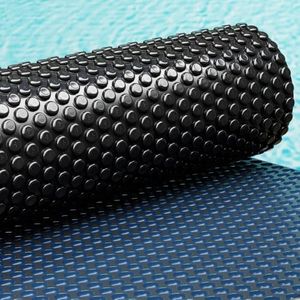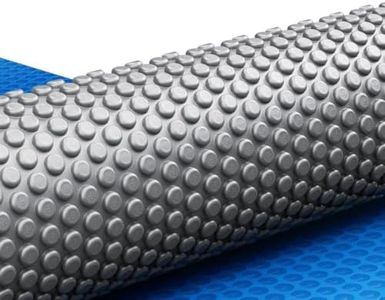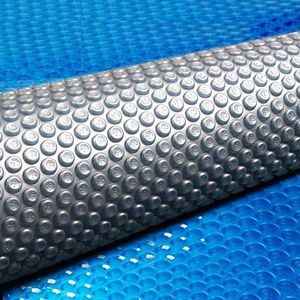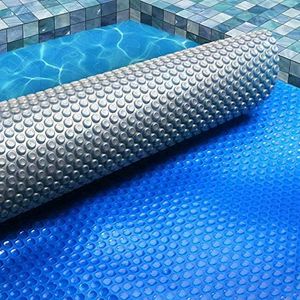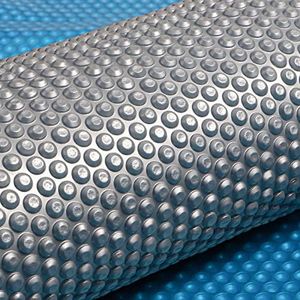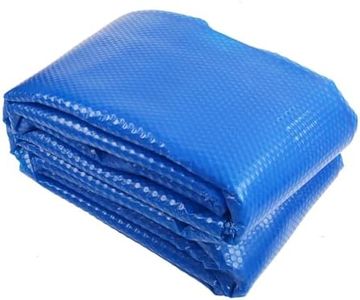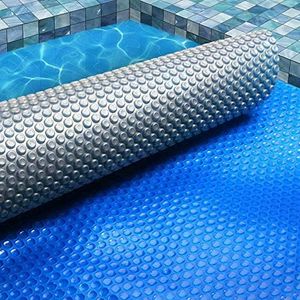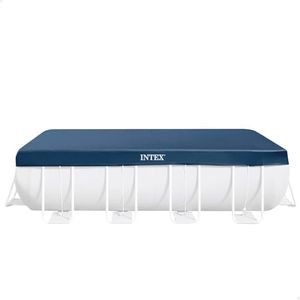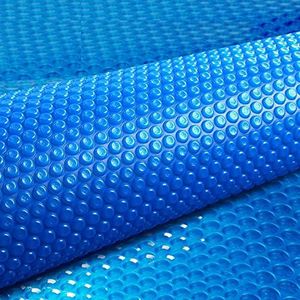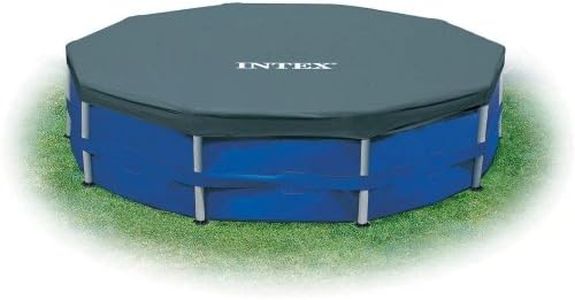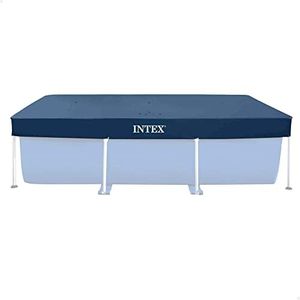We Use CookiesWe use cookies to enhance the security, performance,
functionality and for analytical and promotional activities. By continuing to browse this site you
are agreeing to our privacy policy
10 Best Pool Covers
From leading brands and best sellers available on the web.Buying Guide for the Best Pool Covers
Choosing the right pool cover can make a big difference in keeping your pool clean, safe, and energy-efficient. Pool covers come in various types and materials, and the best one for you depends on what you need most—whether that's safety, heat retention, cleanliness, or ease of use. Before you buy, think about when and why you'll use the cover: Do you want to keep kids or pets safe, prevent leaves from falling in, save on heating costs, or just cover the pool when it's not in use? Matching your main reason for having a cover to its features will help you get the best fit.Type (Safety, Solar, Winter, Leaf)The type of pool cover is the first thing to consider. Safety covers are strong and secure, designed to prevent accidental falls into the pool, making them ideal if you have children or pets. Solar covers focus on retaining heat and reducing evaporation, which can help keep your pool warmer and save water. Winter covers are sturdy and built to keep debris and sunlight out during the off-season, helping prevent algae growth and making pool opening easier. Leaf covers are lightweight and mostly aimed at keeping out leaves and larger debris but may not be suitable for supporting weight. The right type for you depends on your main goal—choose one that matches your primary need.
MaterialPool covers can be made from mesh, solid vinyl, or plastic, each offering different advantages. Mesh covers let water through but block debris, making them lighter and easier to handle, especially good in rainy climates. Solid vinyl covers keep out both debris and water, offering better protection but can be heavier to move, suitable for those wanting maximum cleanliness and safety. Plastic (often used in solar covers) focuses on heat retention and is usually the lightest and easiest to use if temperature control is your priority. Consider local climate and how much effort you want to put into handling the cover when choosing material.
Size and FitGetting the right size and fit is essential for a pool cover to work effectively. Oversized covers can be hard to manage and drag in the pool, while undersized ones won't protect the edges or provide proper safety. Pool covers come in standard sizes, but some need to be trimmed to fit unique pool shapes. Measure your pool carefully and, if your pool has irregular shapes, consider custom covers. A good fit makes your cover more effective and easier to use—always match the cover size closely to your pool's dimensions.
Ease of Use (Manual vs. Automatic)Pool covers can be put on and taken off manually or automatically. Manual covers are more affordable and can work fine for smaller pools or if you don't mind a little effort. Automatic covers open and close with a button or key, making them very convenient—especially for large pools or if you'll be using the cover daily. Think about how often you'll need to use the cover and your willingness to spend time on installation and removal to choose which style fits your lifestyle.
Safety FeaturesIf safety is a major concern, look for covers designed with features to prevent accidental access—like locking mechanisms, reinforced straps, or weight-supporting materials. These are particularly important if there are small children or pets around. Some covers are specifically rated for safety, meeting regulations for supporting weight and preventing gaps. If this is your priority, ensure the cover is marketed as a safety cover and check its certifications.
DrainageSome pool covers, especially solid ones, can collect rainwater, which can become heavy and pose a safety risk or make removal difficult. Covers with built-in drainage allow water to pass through but keep debris out, making them easier to handle after storms. Consider your weather conditions; in rainy areas, drainage features are particularly useful, while in dry climates, they may not be as necessary.
